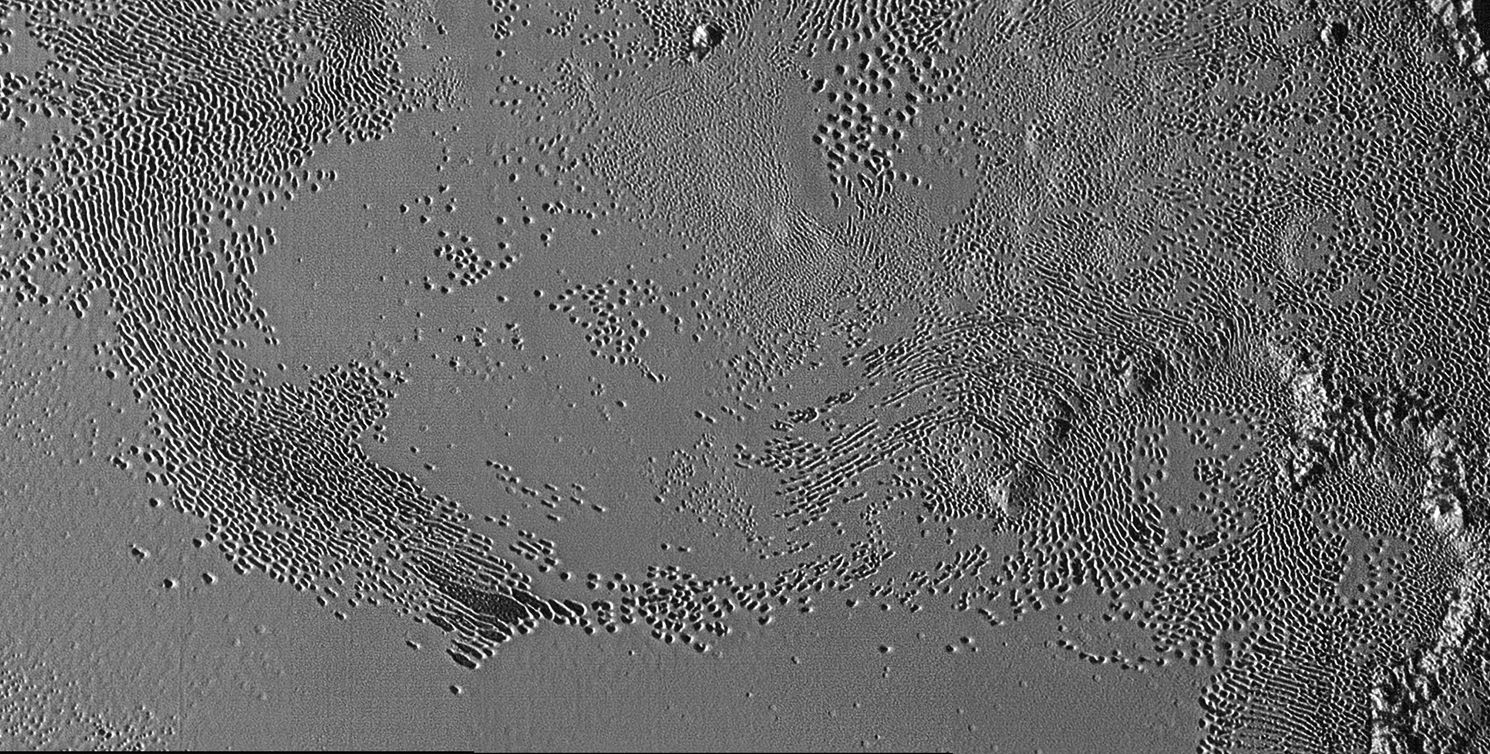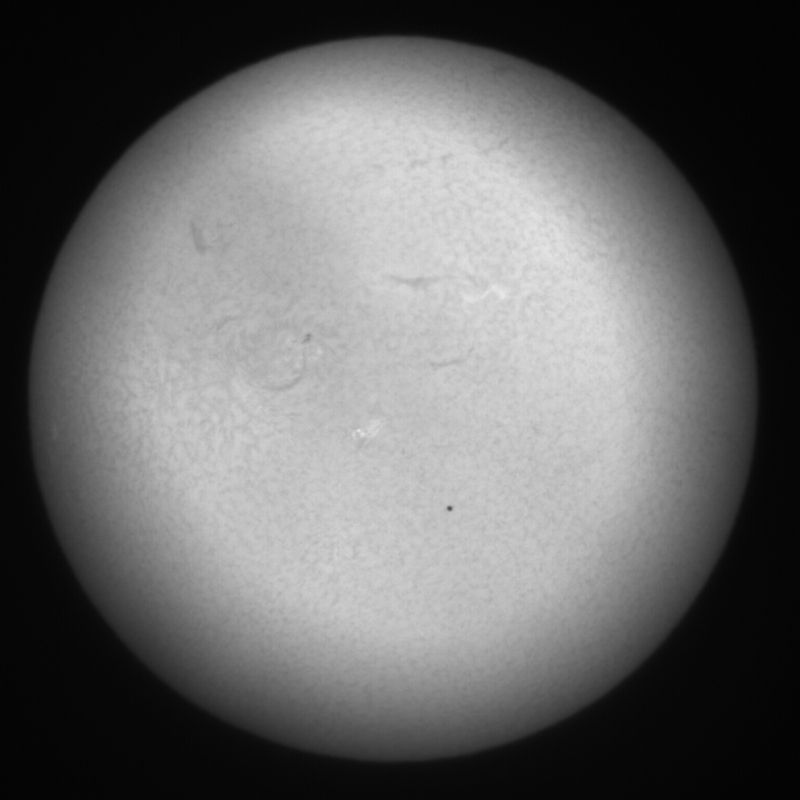On TV the third season of the original series of
Star Trek series kicked off with the infamous
"Spock's Brain" episode, but the first one produced was:
Spectre of the Gun is a very unusual episode of
Star Trek.
The episode begins with the
Enterprise on a mission to "establish contact with the Melkotians at all costs" and even though they are telepathically warned away, Kirk presses onward toward their destination.
We get a nice special effects sequence as the Enterprise encounters and then flies past a rotating buoy on their way to the planet.
There the landing party (Kirk, Spock, McCoy, Scotty & Chekov) encounters a Melkotian, who doesn't take kindly to their presence: "
Aliens. Our warning was plain. You have disregarded it. You shall be punished...You are disease. The disease must be destroyed. Your plea has been heard, and sentence has been pronounced. It is done."
Their sentence proves to be a strange one indeed as they are catapulted to something that looks like the American old west, but not in any that actually looks real. Even McCoy remarks that "
It's just bits and pieces. It's incomplete." Yeah. Great sets!
Yet, in spite of the appearance of things our heroes are convinced that what they are experiencing is absolutely real. McCoy describes it as a "
harsh reality" and then "
This is not a dream."
The landing party soon learns that they are in Tombstone,
Arizona on October 26, 1881 the date of the famous shooting at the OK
Corral. They have been cast in the role of the Clantons who were killed
at the shooting Yes, it is a strange sentence indeed.
They attempt to flee, but Tombstone, Arizona has a force field keeping them in.
Chekov is gunned down by Morgan Erp, which comes as a surprise as he was in the role of Billy Claiborne--a person who survived the infamous shoot out.
Seeing no way out and not wanting to partake in the impending shootout, Spock and McCoy make a tranquilizing gas grenade out of a can of baking powder. Really.
They test it on Scotty, but nothing happens.
The fact that nothing happened is the crux of the episode, as it convinces Spock, who knows that their concoction should have worked, that what they are experiencing is unreal.
When McCoy counters that the bullet that killed Chekov was real, Spock tells him that
"His mind killed him." And then we get a series of almost random philosophical statements from Spock:
"Physical reality is consistent with universal laws.
"Where the laws do not operate, there is no reality. All of this is unreal.
"We judge reality by the response of our senses.
"Once we are convinced of the reality of a given situation, we abide by its rules.
"We judged the bullets to be solid, the guns to be real, therefore they can kill. I know the bullets are unreal, therefore they cannot harm me."
The solution? Remove all doubt about the reality of the bullets. To do so Spock mind-melds with Scotty, McCoy & Kirk.
"The bullets are unreal. Without body. They are illusions only. Shadows without substance. They will not pass through your body, for they do not exist....They are shadows. Illusions. Nothing but ghosts of reality. They are lies. Falsehoods. Spectres without body. They are to be ignored."
When he's finished they all stand their ground as the Erps fire away.
And the bullets pass straight through them!
Seizing the moment, Kirk then does one of his patented Run & Jump Kicks into Wyatt Erp and pulls Wyatt's gun on him, which is kind of odd as, you know,
the bullets are unreal. He considers shooting Erp, but then decides to show mercy and then everyone, including Chekov, suddenly reappears on the
Enterprise bridge.
The Melkotians were impressed, by Kirk's actions telling him to "
Approach our planet and be welcome," but Spock knows that Kirk wanted to kill Erp. Kirk confesses that Spock was right, but he and humanity have been able to overcome their instinct to kill.
It's a good
Star Trek ending. It is a shame though that it takes the episode such a long, long time to get going though. There's too much in Tombstone as they talk to the Erps, the bartender, the Sheriff and the Marshall (they have both?), try to get away, Chekov ("Billy") has a girl, etc for my tastes. The episode finally picks up when they've finished making their tranquilizing gas grenade, but everything before that drags on way too long.
Composer Jerry Fielding wrote the musical score to the episode. It's not my favorite. He tried to go sort of western, but I'm not a big fan of the results.
Next up is the action packed
Elaan of Troyius.


















